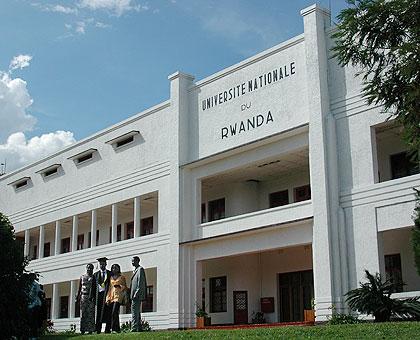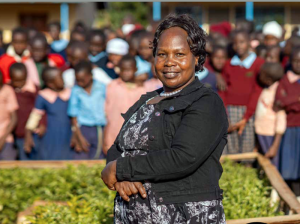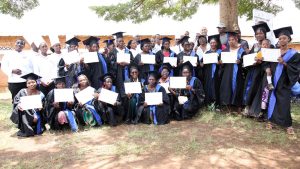Sub-Saharan Africa Excels in 2026 World University Rankings

Sub-Saharan Africa (SSA) has achieved record representation in the Times Higher Education 2026 World University Rankings, reaching 55 universities from 14 countries.
This milestone demonstrates dramatic growth compared to less than a decade ago, when only 10 institutions from the region were represented.
The overall trend marks a significant shift, with the total number of ranked universities from SSA nearly quadrupling since 2018 (from 12 institutions in 2017 and 2018 to 55 in 2026).
Nigeria Leads in the 2026 World University Rankings
Nigeria now leads the region in institutional count, featuring 24 ranked universities, making it the most represented national system in SSA. South Africa follows with 13 institutions, and crucially, continues to dominate the region’s performance table, securing four institutions within the global top 500.
Beyond the leading nations, several other countries are expanding their presence:
- Ghana has four ranked institutions.
- Botswana, Kenya, and Tanzania each maintain two ranked institutions.
- For the first time, Senegal joins the table with Université Cheikh Anta Diop de Dakar, marking a symbolic breakthrough for Francophone Africa and underlining the region’s expanding diversity.
2026 World University Rankings Landmark Performance Breakthroughs
The 2026 results highlight a series of landmark performance breakthroughs, signaling improvements in quality alongside representation.
South African institutions showed renewed momentum:
- The University of Cape Town (UCT) climbed 16 places to joint 164th, achieving its best-ever global position.
- The University of Johannesburg broke into the global top 400 for the first time (ranking in the 351-400 band).
- The University of Pretoria also moved back up into the 501–600 band.
Elsewhere in the region, several flagship institutions achieved historic milestones by entering the global top 1,000:
- Makerere University in Uganda.
- Nigeria’s leading institutions, the University of Ibadan and the University of Lagos.
Opportunity to Build Momentum
The visibility and performance breakthroughs underscore a critical shift in momentum for Sub-Saharan Africa’s universities.
Phil Baty noted that the region is not just seeing improvements in representation, but also in quality. He emphasized that this provides “a great opportunity to build on the momentum and ensure that Africa’s university-led knowledge and innovation ecosystem is fit and ready to fully exploit the continent’s huge demographic dividend”.
The central challenge now, according to analysts, is whether Africa can turn this growth into global competitiveness. The opportunity is to ensure the region’s institutions are equipped to drive knowledge, innovation, and development for the future.
Global Context: A Moment of Flux
These African successes occur during a period described as a “moment of great flux” for global higher education, where international competition is intensifying.
Two contrasting global trends stand out in the 2026 rankings:
- Stalling in Asia: Top universities in East and South-east Asia, such as Tsinghua University and the National University of Singapore, have held steady after years of rapid ascent, falling short of breaking into the global top 10.
- Decline in the US and Europe: Leading US universities, particularly those outside the elite top tier, are slipping amid financial and political pressures and intense competition. Systems across Europe are also under strain, with Germany’s Excellence Strategy not yet delivering expected performance leaps, and the UK facing financial pressures.
These patterns reinforce the importance for universities worldwide to continue strengthening research quality, global partnerships, and competitiveness to succeed in an increasingly contested environment.

SUBSCRIBE TO OUR NEWSLETTER





















